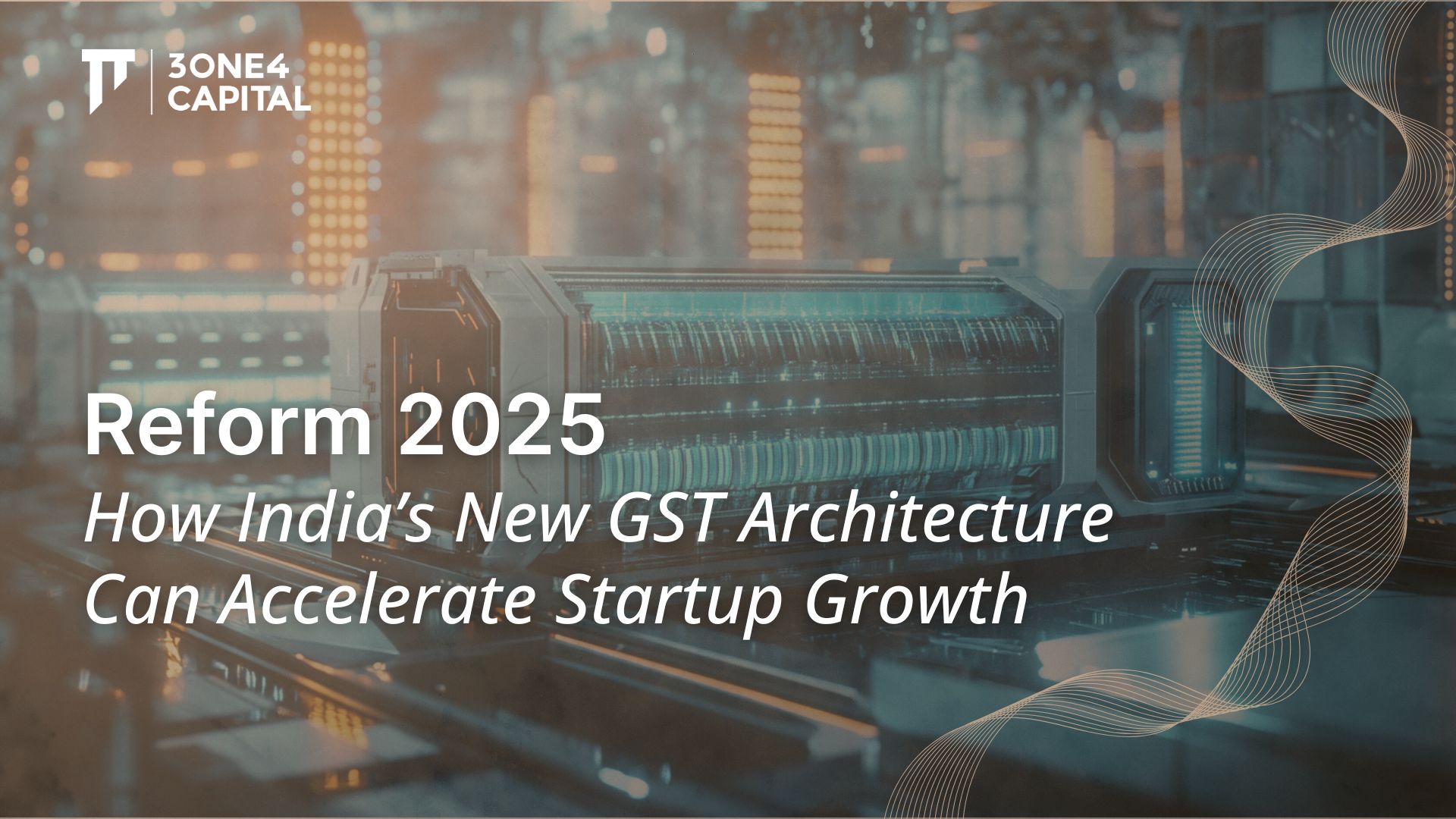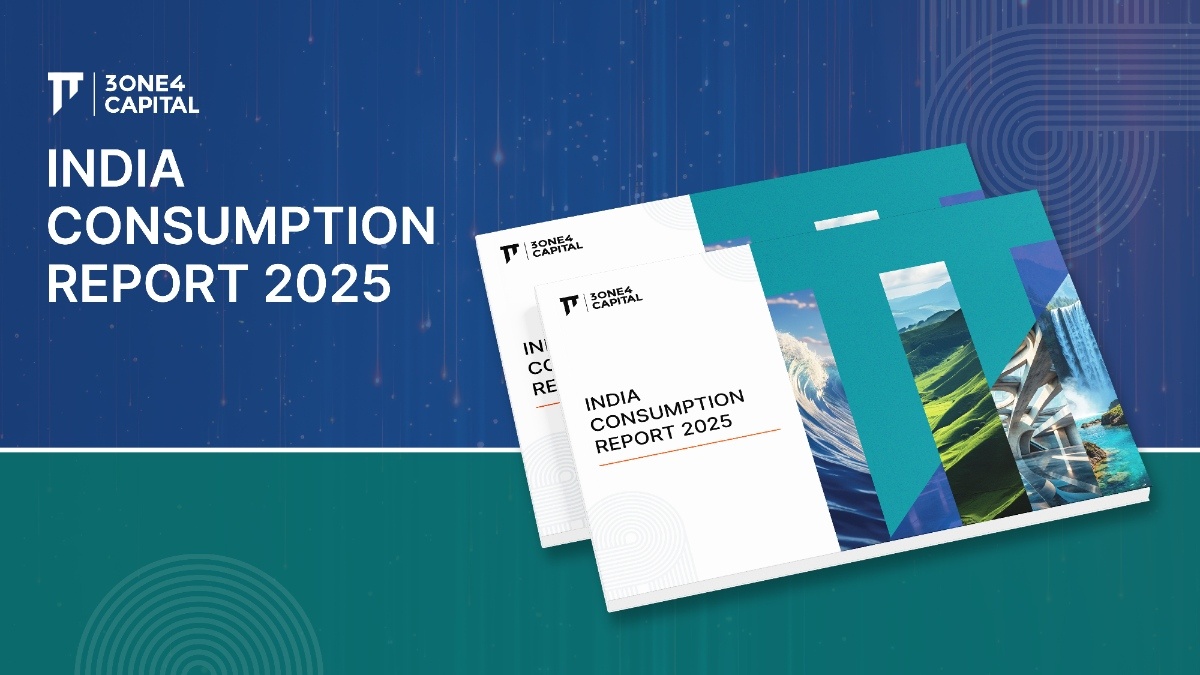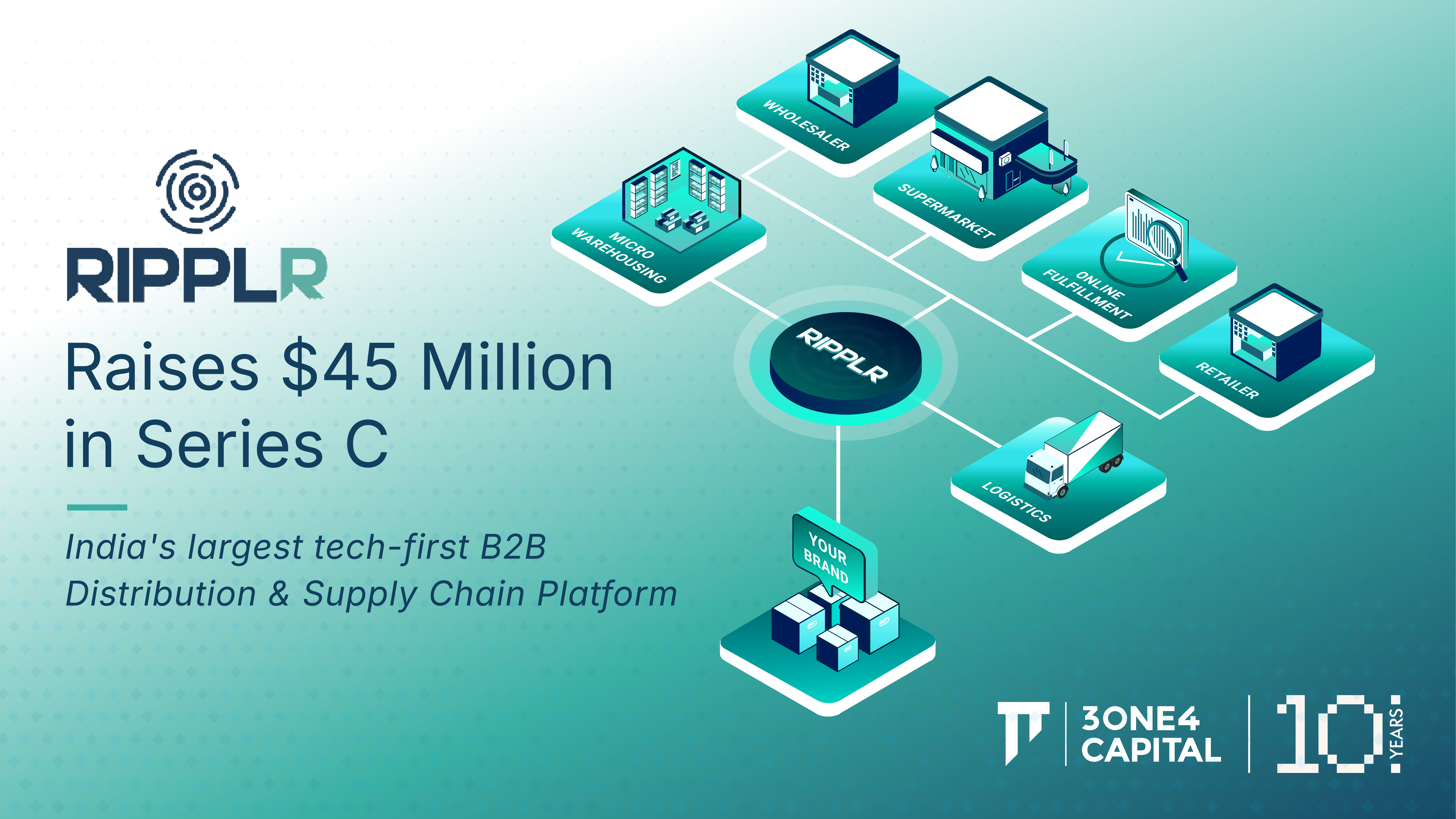
Reform 2025: How India’s New GST Architecture Can Accelerate Startup Growth
India’s next phase of Goods & Services Tax reform (“GST 2.0”) arrives alongside a broader economic programme articulated in the Prime Minister’s Independence Day address: self‑reliance (Aatmanirbharta), export competitiveness, and a deliberate trajectory to developed nation status by 2047. Informed observers and market participants note that the reform cadence has paired policy prudence with agile execution and effective communication. For startups, GST 2.0 is more than just another narrow rate tweak; it is a scale enabler: lower friction, faster cash cycles, enhanced domestic demand, and reinforced investor confidence.
Why GST 2.0 Matters

Prime Minister Modi framed “economic selfishness” as a rising global trend and urged Indians to chart the country’s destiny through independent development under the mantra of “lower cost, higher value.” GST 2.0 reflects that resolve. It has been executed with unusual speed and precision, directly targeting the industry's long-standing pain points and signalling that policy intent is now being translated into tangible reform.
- Rationalised rate structure and fewer disputes: A cleaner slab architecture (convergence around the 5%/18% anchors and pruning of edge‑case classifications) reduces ambiguity. Every dispute avoided saves legal spend and founder bandwidth, which is critical in the first 3 to 5 years of company building.
- Fixing inverted duty structures: Where inputs carried higher GST than outputs, working capital was trapped until refunds arrived. Systematic correction frees cash sooner and directly improves runway, particularly for hardware, EV components, IoT, medical devices, and agri‑tech equipment.
- Digitally simplified compliance: Promised quicker registration for small/low‑risk entities, pre‑filled returns, automated reconciliations, and faster refunds will compress compliance costs and cash cycle time. Startups get back several man-hours per month that can be redeployed into sales, product development, and customer success.
- Consumption stimulus to the bottom and middle of the pyramid: Lower GST on everyday items, electronics, and select services supports mass demand. As informed observers point out, when households retain more post‑tax income, the demand pull strengthens, vital for D2C brands, fintech, healthtech, travel, and consumer internet.
- Predictability in the tax system: A more stable, transparent regime improves underwriting by banks/NBFCs and derisks scale‑up financing. It also signals to global and strategic investors that India’s policy execution sustains growth without compromising macro stability.
Mapping GST 2.0 to Concrete Startup Benefits

The benefits of GST 2.0 for startups can be understood across five major dimensions.
- First, streamlined compliance should translate into greater operating velocity. By reducing forms, introducing risk‑based checks, pre‑filling reconciliations, and accelerating refunds, the regime lessens the need for heavy compliance teams and eliminates the uncertainty that comes from mismatched input tax credits. This frees founders to spend more time on hiring, sales, and customer success.
- Second, reforms to working capital directly extend startup runways. By correcting inverted duty structures and improving credit flows on capital goods, early‑stage companies should have cash in hand sooner. This is especially powerful for hardware, omnichannel, and manufacturing‑adjacent ventures, where every freed rupee can be channelled into R&D, inventory turnover, or go‑to‑market expansion.
- Third, startups targeting mass consumption stand to benefit from lower delivered price points as GST rates on most key categories fall. This can boost conversion rates and repeat purchases, accelerating the journey to product‑market fit and supporting healthier cohorts across consumer internet, fintech, and healthcare. Startups must use this opportunity to demonstrate excellent value at a revised price point - essential for success in the Indian consumer space.
- Fourth, harmonization of rates within categories ensures that businesses can comply with the intent of GST policy with ease while enhancing breadth of product and service offerings. Uniform pricing of wider spectrums of SKUs and smoother logistics flows across states will expand a startup’s addressable market, giving sectors like q‑commerce, logistics‑tech, d2c brands, and healthcare delivery the consistency to build for scale.
- Finally, founders must unite and apply collective pressure on the administrative services. Startup leaders, working through industry bodies and associations, need to ensure that the benefits of GST 2.0 are delivered without dilution. Prime Minister Modi has set the tone with urgency and top‑down political will. Now, it is imperative for the startup ecosystem to respond with bottom‑up hydraulic pressure. Bureaucratic cholesterol remains one of India’s biggest friction points. By uniting to demand timely execution and accountability, founders can transform this reform agenda from a policy tailwind into a powerful flywheel for growth acceleration.
GST in the Wider Policy Flywheel: Independence Day 2025 Demonstrates Serious Intent

GST 2.0 sits within a larger growth architecture aimed at “lower cost, higher value” outcomes and Viksit Bharat 2047, as explained by the PM:
- Semiconductor manufacturing: The first home‑grown chip is targeted by end‑2025, an impressive culmination of sweeping deregulation across administrative departments - from customs to labour. For deep‑tech startups, this points to tighter supply‑chain linkages and potential fiscal support across design, packaging, and specialised tooling. GST efficiency complements PLI‑style incentives by smoothing input credits and capex planning.
- Energy independence: Nuclear, solar, and hydrogen expansion is designed to derisk India’s energy import bill. Lower, more predictable power costs improve unit economics for compute‑intensive and manufacturing startups across AI/ML training clusters, EV ecosystems, and precision‑manufacturing lines.
- Employment push (₹1 lakh crore / ₹1 trillion): A demand‑side employment scheme for 3 crore (30M) youth expands the consuming class and widens the entry‑level talent pool. Startups benefit from both market size and available skills expansion.
- Compliance reduction and regulatory clean‑up: Tens of thousands of redundant compliances scrapped and ~1,500 outdated laws repealed. The new intent is unambiguous: reduce bureaucratic fear in Indian industry, speed up enterprise formation, and normalise risk‑taking.
- GST 2.0 by Diwali 2025: The political will signals speed and certainty. For early‑stage planning, founders can lock 2025–26 pricing, promotion calendars, and supply‑chain contracts with higher confidence for the festive season and build a ramp of momentum into next year.
GST 2.0 is the tax‑policy layer of a broader self‑reliance and export‑readiness agenda across semi, energy, jobs, manufacturing, and regulatory simplification to reinforce the same objective: make in India, for India and the world, and establish global competitiveness.
What Founders Can Do in the Next 90 Days

To capture GST 2.0’s advantages, founders must act decisively in the immediate term. Pricing strategies should be recalibrated to reflect lower effective GST and better input credits. Rather than pocketing the gains entirely as margin, companies can redeploy savings into market share expansion by experimenting with new price points and bundled offers.
At the same time, startups should revisit their working capital models. With rate corrections and faster credit flows, founders can renegotiate terms with vendors and unlock more inventory turns. Treasury plans should be refreshed to reflect a tighter cash conversion cycle.
Automating the last mile of GST operations is equally urgent. By adopting rule‑based reconciliation, automated e‑invoice ingestion, and real‑time refund tracking, startups can target a sub 30‑day refund cycle, minimising treasury strain.
In parallel, founders should use GST discipline as an asset when approaching lenders or equity investors. Transparent, standardised records can reduce borrowing costs by 50–100 basis points and speed up credit evaluation processes. This creates a financing advantage over less disciplined competitors.
Finally, founders must prepare for cross‑border expansion. Aligning GST documentation with export incentives and free trade agreements will smooth entry into markets in the Middle East, Africa, the EU, and ASEAN, all of which are increasingly open to Indian innovation. Reducing the friction to exports due to complex customs regulation is also a priority for the Centre, and one can expect reform in this direction soon.
From Tailwind To Flywheel

India’s reform response to recent geopolitical experiences underscores a fundamental truth: there is no substitute for economic strength. Recent geopolitical transitions only heighten the urgency for India to accelerate its economic transformation. GST 2.0 is one step in that direction, but its true value lies in how founders and businesses respond. Startups must not treat these reforms as isolated policy wins; they must presume a broader growth mindset and actively convert each reform into a new momentum driver. Every regulatory simplification, every cost reduction, and every signal of reform should become part of a flywheel that compounds innovation, return on investment, and value expansion.
Given the Prime Minister’s repeated emphasis on these reforms, founders and industry associations will also need to apply pressure on the administrative machinery to ensure that the announced benefits translate into actual delivery on the ground.
The mandate for the ecosystem is clear. India must build economic muscle with speed, depth, and resilience. That requires founders to align with the political leadership’s urgency, absorb policy advantages quickly, and translate them into innovation velocity, market share expansion, and job creation. With each policy step forward, the startup community can build a new gear in the flywheel of growth that powers India from a high‑potential economy to a true global competitor.
DISCLAIMER
The views expressed herein are those of the author as of the publication date and are subject to change without notice. Neither the author nor any of the entities under the 3one4 Capital Group have any obligation to update the content. This publications are for informational and educational purposes only and should not be construed as providing any advisory service (including financial, regulatory, or legal). It does not constitute an offer to sell or a solicitation to buy any securities or related financial instruments in any jurisdiction. Readers should perform their own due diligence and consult with relevant advisors before taking any decisions. Any reliance on the information herein is at the reader's own risk, and 3one4 Capital Group assumes no liability for any such reliance.Certain information is based on third-party sources believed to be reliable, but neither the author nor 3one4 Capital Group guarantees its accuracy, recency or completeness. There has been no independent verification of such information or the assumptions on which such information is based, unless expressly mentioned otherwise. References to specific companies, securities, or investment strategies are not endorsements. Unauthorized reproduction, distribution, or use of this document, in whole or in part, is prohibited without prior written consent from the author and/or the 3one4 Capital Group.


.webp)












